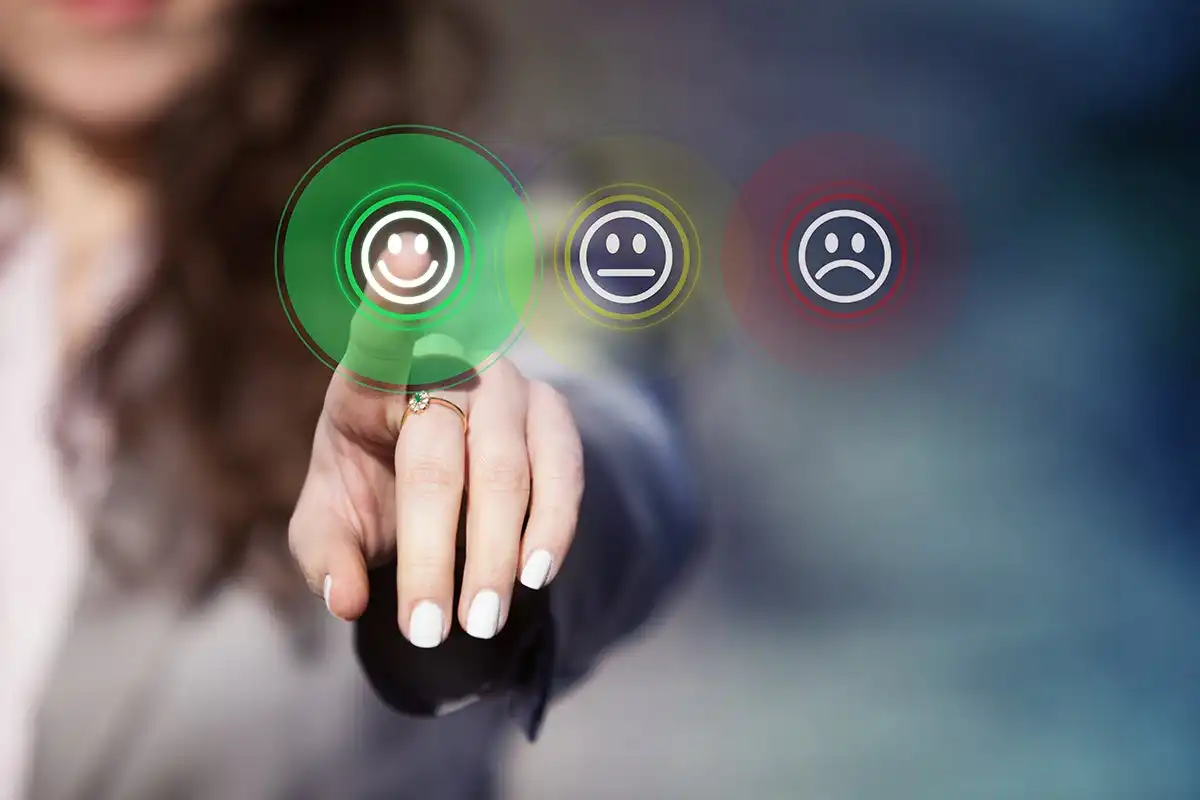Our Customer Experience Predictions for 2023
Customer experience has become paramount for companies who are taking a holistic approach to running their businesses. As the customer experience is constantly changing, so are the strategies businesses adopt.
The emergence of new technologies and processes, along with the rising customer demands are propelling businesses to find new ways of delighting their customers. And while digital plays a key role in boosting the customer experience, in-store customer journeys with a focus on personalisation remain a must. A recent survey showed that 61% of consumers still rely on physical stores to purchase the goods they need.
Here are our top predictions for what the customer experience will look like in 2023.
Customer experience becomes central
During an economic downturn, one of the first areas that gets cut down in terms of budget is customer service.
Nevertheless, experience has taught us that this approach is ineffective. While it provides a short-term relief, the long-term damage is unavoidable. According to the UK Customer Satisfaction Index (UKCSI), the number of customer complaints rose to 17.3% in July 2022, which is 2.4% higher than the same period the year before. Customer loyalty is also plummeting, as a 2021 survey shows that 75% of brands could disappear overnight, and most customers wouldn’t care, or would easily find a replacement.
According to Brian Atkinson, vice president and general manager of EMEA: “During times of uncertainty, putting customer service on the backburner is a recipe for disaster.
“Without great customer experiences, there is potential for missed revenue, strained customer relationships, and a lack of ability to respond to customers’ needs before it’s too late.”
While the stats might seem grim, this can serve as a wake-up call for businesses to up their customer experience game in 2023. This optimistic view is backed up by the fact that 82% of leaders believe their customer experience budgets will increase in the next 12 months.
Creating a personalised shopping experience
Consumers no longer want to settle for generic products and experiences. Rather, they’re looking for personalised customer journeys that take their needs and preferences into account. In fact, a RedPoint Global survey shows that 63% of consumers expect personalisation as a standard for service.
In order to provide a personalised customer experience, you need to harness the power of data. Study your consumer segment, understand the trends in their consumer behaviour, and implement them into your strategy.
Regular surveys and polls – along with a business system that provides insight into your customers’ purchasing behaviour – will help you shape the personalised experience your clients are looking for.
In-store, you can use this information to strategically position the most on-demand and curated products where they will be most visible. Use internal signs and wayfinders to guide your customers and highlight those products.
Creating an inviting atmosphere in your store that appeals to your target audience is also crucial for uplevelling the customer experience. If your customer segment is predominantly Gen Zs, for example, you will want to put an emphasis on technology and implement digital screens and an omnichannel experience. Digital screens allow businesses to deliver granular, location-specific, in-store information to their customers at the right time.
Adopting automation and chatbots
In recent years, many businesses with an online presence have harnessed the power of automation and chatbots. They allow them to offer their customers a 24/7 support, even when their employers are not there.
Chatbots help respond and resolve issues faster, contributing to a more efficient service in line with customers’ expectations and demands. As a result, operational costs are reduced and customer loyalty increases.
The key to implementing chatbots is to find the right balance between automation and human interaction. While customers appreciate the constant support, they are still looking for that human touch from a brand and nothing compares to a face-to-face interaction with an employer.
The mix of the digital and the human interaction is what creates a personalised customer experience, where consumers feel like their needs and concerns are heard and responded to.
To bridge the gap between automation and human interaction, encourage your customers to use the online self-service wherever possible, but make sure your in-store employers are trained to the highest possible level to assist consumers. This will create an all-round positive customer experience, and your clients will keep coming back for more.
With businesses increasing their budget for elevating the customer experience, we’re expecting 2023 to be the year of personalised service and automation for brands.
At Novograf, we have a range of products that will help you create a personalised in-store experience, from digital signage to custom wall art. Browse our products and take your customer experience game to the next level.
Sources
https://www.havasgroup.com/press_release/havas-meaningful-brands-report-2021-finds-we-are-entering-the-age-of-cynicism/
https://www.retailcustomerexperience.com/news/consumers-expect-personalization-reveals-report/


